Supreme Court vs. FDA: Flavored E-Cigarettes, Industry Impacts, and Global Vaping Trends
Stay informed on the Supreme Court's latest case, FDA regulations on flavored vapes, the economic landscape of the vaping industry, and global policy trends.
The Supreme Court Case: FDA's Regulation of Flavored E-Cigarettes
The Supreme Court is currently hearing arguments about the FDA's regulation of flavored e-cigarettes, including disposable vapes. This case holds significant implications for public health, vaping companies, and regulatory policies.
The Case
The FDA is challenging two vaping companies that applied to market fruity and dessert-flavored e-cigarettes. The FDA argues that these flavors are overly appealing to young people and lack sufficient benefit to smokers transitioning to vaping.
The Arguments
The vaping companies claim the FDA altered its application standards without fair warning, resulting in denied approvals. The majority of justices, however, appear skeptical of this position, citing the FDA's authority under the Tobacco Control Act to regulate tobacco products.
The Justices' Questions
During oral arguments, justices questioned whether the FDA provided a fair review process and whether it was obligated to issue the guidance it provided to the companies.
The Decision
A decision is anticipated by June, marking the end of the Supreme Court's term. The outcome could significantly shape future FDA regulatory practices and the vaping market.
Other Key Considerations
The Public Health Interest
Nineteen states and Washington, D.C. filed briefs in support of the FDA, emphasizing the importance of protecting children from tobacco use as a critical public health interest.
The Popularity of Sweet-Flavored Products
Data from the Campaign for Tobacco-Free Kids shows that sweet-flavored e-cigarettes remain the most popular choice among nearly 2 million American high schoolers who vape.
Economic Landscape of the Vaping Industry
The vaping industry has experienced significant growth, particularly in the United States, United Kingdom, and France. However, this expansion faces challenges from powerful industries such as pharmaceuticals and traditional tobacco companies, which view e-cigarettes as market disruptors.
Market Growth
Since the commercialization of the first e-cigarette by Hon Lik, the global vaping market has grown substantially, now estimated at around ten billion dollars. This growth trajectory is expected to continue, despite regulatory hurdles and market competition.
Regulatory Challenges
Intense lobbying from the pharmaceutical and tobacco industries has led to stringent regulations in various countries, potentially hindering the vaping market's expansion. These challenges underscore the complex dynamics between emerging vaping products and established industry players.
Global Perspectives on Vaping: Insights from Asia
As the U.S. debates the future of flavored e-cigarettes, Asia offers valuable insights into the global vaping landscape. Recent reports highlight key regulatory trends and potential changes in 2025.
Emerging Trends in Asia
Countries like Malaysia and the Philippines are tightening vaping regulations, focusing on stricter age verification and marketing controls. Conversely, Japan continues to allow heated tobacco products but heavily regulates nicotine-containing e-liquids.
What to Expect in 2025
The push for uniform standards across the region suggests a growing trend toward harmonized regulations. These measures may include restrictions on flavors, packaging, and advertising to curb youth vaping rates.
Frequently Asked Questions
What is the FDA's main concern with flavored e-cigarettes?
The FDA argues that flavors like fruit and dessert disproportionately appeal to young users, undermining public health goals.
How does this case impact adult smokers seeking to quit?
Vaping companies contend that flavored options help adult smokers transition away from traditional cigarettes, but the FDA emphasizes the need for robust evidence supporting this claim.
Are other countries banning flavored vapes?
Yes, many nations, including Australia and India, have introduced stringent regulations or outright bans on flavored vaping products to protect younger demographics.
